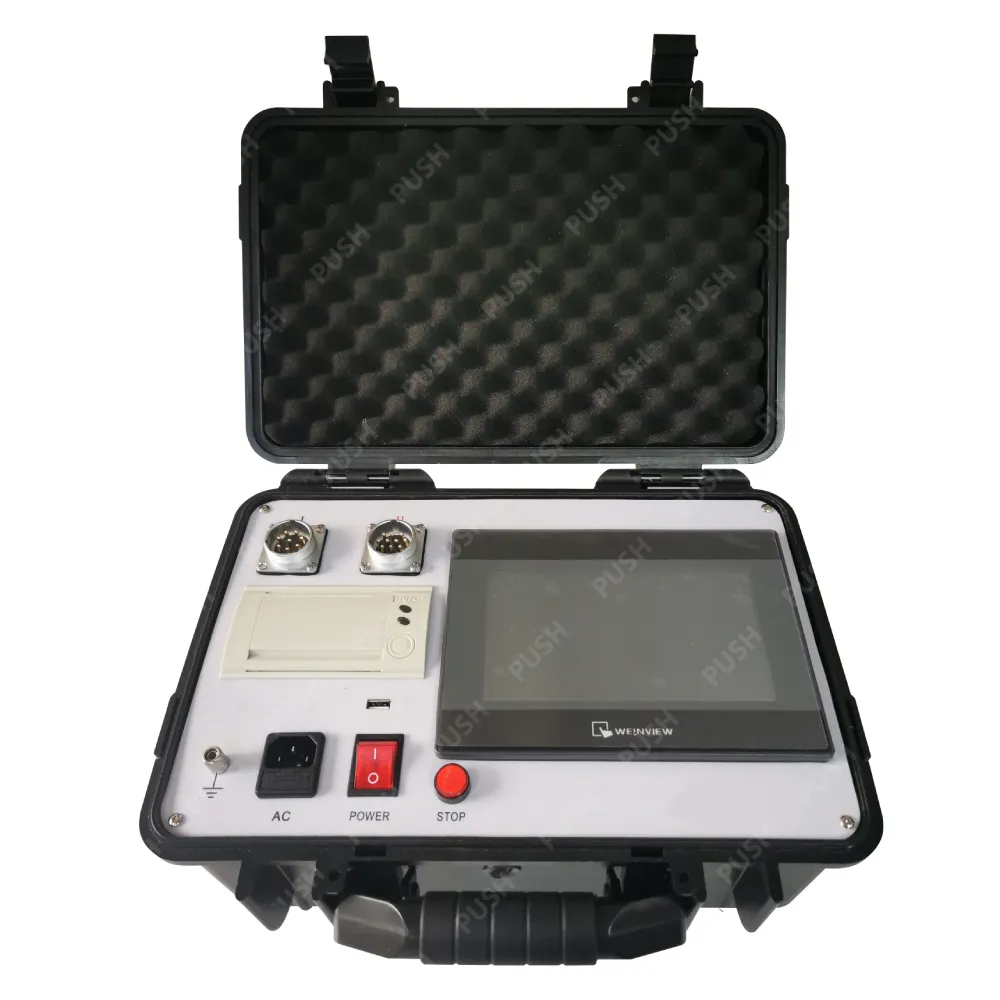 English
English



-
 Afrikaans
Afrikaans -
 Albanian
Albanian -
 Amharic
Amharic -
 Arabic
Arabic -
 Armenian
Armenian -
 Azerbaijani
Azerbaijani -
 Basque
Basque -
 Belarusian
Belarusian -
 Bengali
Bengali -
 Bosnian
Bosnian -
 Bulgarian
Bulgarian -
 Catalan
Catalan -
 Cebuano
Cebuano -
 China
China -
 China (Taiwan)
China (Taiwan) -
 Corsican
Corsican -
 Croatian
Croatian -
 Czech
Czech -
 Danish
Danish -
 Dutch
Dutch -
 English
English -
 Esperanto
Esperanto -
 Estonian
Estonian -
 Finnish
Finnish -
 French
French -
 Frisian
Frisian -
 Galician
Galician -
 Georgian
Georgian -
 German
German -
 Greek
Greek -
 Gujarati
Gujarati -
 Haitian Creole
Haitian Creole -
 hausa
hausa -
 hawaiian
hawaiian -
 Hebrew
Hebrew -
 Hindi
Hindi -
 Miao
Miao -
 Hungarian
Hungarian -
 Icelandic
Icelandic -
 igbo
igbo -
 Indonesian
Indonesian -
 irish
irish -
 Italian
Italian -
 Japanese
Japanese -
 Javanese
Javanese -
 Kannada
Kannada -
 kazakh
kazakh -
 Khmer
Khmer -
 Rwandese
Rwandese -
 Korean
Korean -
 Kurdish
Kurdish -
 Kyrgyz
Kyrgyz -
 Lao
Lao -
 Latin
Latin -
 Latvian
Latvian -
 Lithuanian
Lithuanian -
 Luxembourgish
Luxembourgish -
 Macedonian
Macedonian -
 Malgashi
Malgashi -
 Malay
Malay -
 Malayalam
Malayalam -
 Maltese
Maltese -
 Maori
Maori -
 Marathi
Marathi -
 Mongolian
Mongolian -
 Myanmar
Myanmar -
 Nepali
Nepali -
 Norwegian
Norwegian -
 Norwegian
Norwegian -
 Occitan
Occitan -
 Pashto
Pashto -
 Persian
Persian -
 Polish
Polish -
 Portuguese
Portuguese -
 Punjabi
Punjabi -
 Romanian
Romanian -
 Russian
Russian -
 Samoan
Samoan -
 Scottish Gaelic
Scottish Gaelic -
 Serbian
Serbian -
 Sesotho
Sesotho -
 Shona
Shona -
 Sindhi
Sindhi -
 Sinhala
Sinhala -
 Slovak
Slovak -
 Slovenian
Slovenian -
 Somali
Somali -
 Spanish
Spanish -
 Sundanese
Sundanese -
 Swahili
Swahili -
 Swedish
Swedish -
 Tagalog
Tagalog -
 Tajik
Tajik -
 Tamil
Tamil -
 Tatar
Tatar -
 Telugu
Telugu -
 Thai
Thai -
 Turkish
Turkish -
 Turkmen
Turkmen -
 Ukrainian
Ukrainian -
 Urdu
Urdu -
 Uighur
Uighur -
 Uzbek
Uzbek -
 Vietnamese
Vietnamese -
 Welsh
Welsh -
 Bantu
Bantu -
 Yiddish
Yiddish -
 Yoruba
Yoruba -
 Zulu
Zulu
Advanced AC Hipot Testing Solutions for Safety and Compliance
Understanding AC Hipot Testers Essential Tools for Electrical Safety
In the realm of electrical testing, ensuring the safety and reliability of high-voltage equipment is of paramount importance. One of the essential tools used in this process is the AC hipot tester, also known as an insulation resistance tester or dielectric strength tester. This device is crucial for evaluating the integrity of insulation in various electrical components, helping to prevent equipment failures and ensuring safety compliance.
What is an AC Hipot Tester?
An AC hipot tester applies a high voltage to electrical insulation within a device to check for potential failures. The term 'hipot' is derived from high potential, highlighting the test's focus on high-voltage applications. The primary purpose of an AC hipot test is to verify the insulation’s ability to withstand operating conditions without breaking down. It does this by generating a voltage significantly higher than the normal operating voltage for a specified duration, typically between 1 minute to 5 minutes.
How Does It Work?
When an AC hipot tester is used, it essentially performs a stress test on the insulation. The device is connected to the equipment being tested, and the high voltage is applied. The tester continuously monitors the current flow through the insulation. If the insulation is sound, the current should remain within acceptable limits. However, if there is a fault—such as a breakdown or a short circuit—the current can spike significantly. This immediate feedback allows operators to identify issues before the equipment is deployed in real-world applications.
Importance in Electrical Safety
The need for proper insulation testing cannot be overstated. Electrical faults due to inadequate insulation can lead to catastrophic failures, damaging both equipment and lives. By employing an AC hipot tester, manufacturers and maintenance professionals can prevent these incidents by ensuring that all electrical equipment meets stringent safety standards. This is especially vital in industries such as manufacturing, aerospace, and telecommunications, where reliability is non-negotiable.
Moreover, compliance with safety regulations and industry standards like IEC, UL, and others is a must for any electrical product. Regular testing with an AC hipot tester not only ensures adherence to these standards but also enhances the overall safety profile of electrical installations.
ac hipot tester

Key Features to Look For
When selecting an AC hipot tester, several key features should be considered
1. Voltage Range Testers come in various voltage ranges, typically from 1 kV up to 100 kV. The chosen tester should accommodate the maximum operational voltage of the equipment being tested.
2. Current Measurement The ability to measure the leakage current is crucial, as it indicates the insulation's condition.
3. Digital Display A clear, easy-to-read display helps operators quickly interpret test results.
4. Safety Features Built-in safety features, such as automatic discharge and current limitation, can help protect operators during tests.
5. Portability Depending on the application, a lightweight, portable design can be beneficial for on-site testing.
Conclusion
AC hipot testers are indispensable tools for those involved in the design, manufacturing, and maintenance of electrical systems. By subjecting insulation to high voltages, these testers uncover vulnerabilities that might otherwise go unnoticed, thus ensuring safety and reliability. As technology advances, the functionality of AC hipot testers continues to improve, offering enhanced accuracy and user-friendly features. Investing in a quality AC hipot tester is not just a regulatory requirement; it's a crucial step toward establishing a culture of safety in electrical operations.
-
Exploring the Main Types of Industrial Endoscopes and Their Applications Across IndustriesNewsJul.04,2025
-
Testing Equipment Industry Sees Major Advancements in 2025: Smart & Precision Technologies Lead the WayNewsJun.06,2025
-
Applications of Direct Current Generators in Renewable Energy SystemsNewsJun.05,2025
-
Hipot Tester Calibration and Accuracy GuidelinesNewsJun.05,2025
-
Digital Circuit Breaker Analyzer Features and BenefitsNewsJun.05,2025
-
Benefits of Real-Time Power Quality Monitoring Devices for Industrial EfficiencyNewsJun.05,2025



